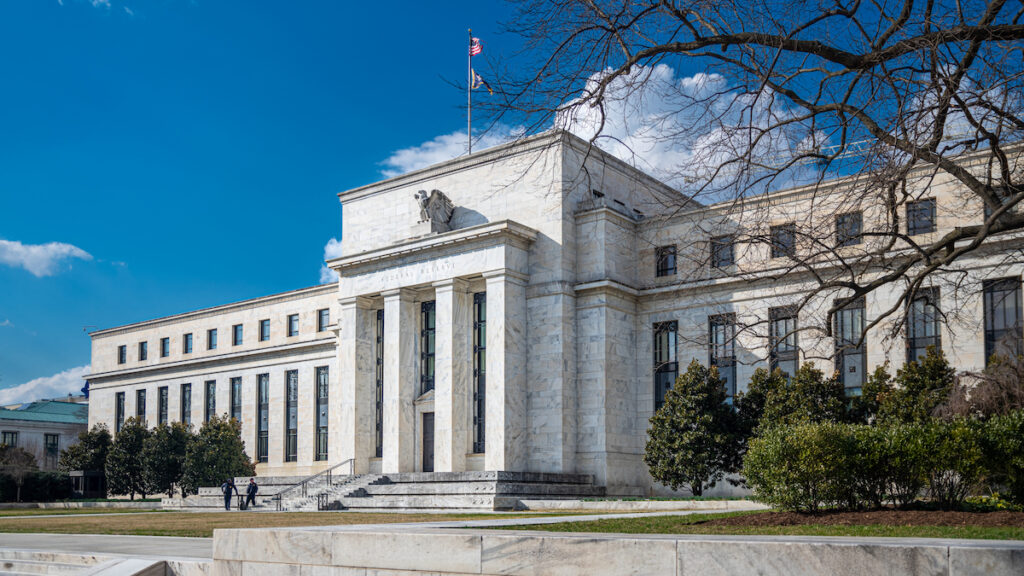Political Pressure Clouds Fed’s Policy Impact
President Donald Trump’s push for interest rate cuts by the Federal Reserve may not deliver the benefits consumers hope for. While central bank rate reductions typically aim to stimulate the economy, experts suggest that current economic and political dynamics could limit their effectiveness—particularly when it comes to long-term borrowing costs like mortgages, car loans, and credit cards.
Trump has publicly criticized Fed Chair Jerome Powell, repeatedly calling for a cut in short-term interest rates to support growth. However, his confrontational approach and tariff-heavy trade agenda may be creating more uncertainty than relief. These factors, economists say, are contributing to upward pressure on longer-term rates, driven by market fears over inflation and diminished confidence in the Fed’s independence.
Market participants closely monitor Fed decisions, but when those actions appear influenced by political leaders, the perception of credibility suffers. Confidence in a central bank’s independence is a key anchor for market stability, and when that anchor loosens, so does investor trust.
Rising Yields Undermine Fed’s Influence
Although the Federal Reserve sets the benchmark short-term rate, markets determine the interest rates that matter most to households and businesses—especially those tied to longer-term credit. Recently, yields on 10-year Treasury bonds, a common indicator for mortgage rates, have climbed. This rise is attributed in part to concerns that Trump’s tariff measures will elevate inflation, forcing investors to demand higher returns to offset risk.
In early March, when tariffs were expanded to include Canada and Mexico, the yield on 10-year Treasurys jumped from 4.15% to approximately 4.3%. Mortgage rates followed suit, edging up from 6.6% to 6.8%. The increased cost of borrowing could offset any benefits from a rate cut, leaving consumers and homebuyers facing steeper expenses despite the Fed’s actions.
A major driver of these trends is the perceived risk that political interference could compromise the Fed’s long-term inflation-fighting credibility. If investors believe the central bank is bending to political will, they may anticipate higher inflation in the future and demand even greater yields to protect their returns.
These developments show how fragile the link is between the Fed’s short-term tools and actual outcomes in consumer lending. When inflation expectations rise, even a central bank’s best intentions may be outpaced by broader market forces.
Market Reactions Reveal Investor Anxiety
Market volatility has often followed Trump’s remarks about firing Powell or questioning the Fed’s decisions. Despite assurances from the president that he has “no intention” of removing the Fed chair, the mere suggestion has already rattled financial markets. Stock indexes have seen sharp declines, the dollar has weakened, and bond yields have spiked—all signs of investor unease.
This unease is rooted in the belief that a politically compromised Fed would hesitate to raise rates when needed to keep inflation under control. According to market strategists, the result is typically the opposite of what the administration seeks: higher long-term rates, weaker consumer confidence, and greater uncertainty.
While some Fed officials recently suggested that rate cuts could be on the table if the economy shows signs of weakening, the path to lower long-term interest remains uncertain. Last fall, similar hopes were dashed when cuts were followed by further increases in borrowing costs, indicating that short-term easing doesn’t always deliver sustained relief.
Investors are not just reacting to what the Fed does—they are also responding to how confident they feel in the Fed’s ability to maintain stability over time. That trust is central to calming markets.
Structural Challenges Limit Policy Options
Beyond political noise and inflation concerns, broader structural issues are also at play. The U.S. government continues to run large budget deficits, financed by issuing more debt. As the supply of Treasury bonds increases, so too does the pressure on yields. This fiscal backdrop makes it even harder for the Fed to influence long-term rates through traditional monetary tools.
While inflation has moderated somewhat—falling to 2.4% in March—core inflation, which strips out food and energy, remains elevated at 2.8%. The Fed has signaled caution, choosing to assess the full economic impact of trade policies before adjusting its stance.
Economists warn that today’s conditions differ significantly from those during Trump’s first term, when inflation was subdued and rate cuts posed less risk. Now, even a modest policy move carries potential costs. Should inflation rise in response to tariffs, cutting rates prematurely could undermine the Fed’s credibility.
Ultimately, unless there is clear evidence of a slowdown—such as rising unemployment—the Fed may resist acting quickly. And even if it does, the benefits might be limited. As one economist noted, restoring investor trust and stability is essential to bringing long-term rates down. That’s something no interest rate cut alone can achieve.



